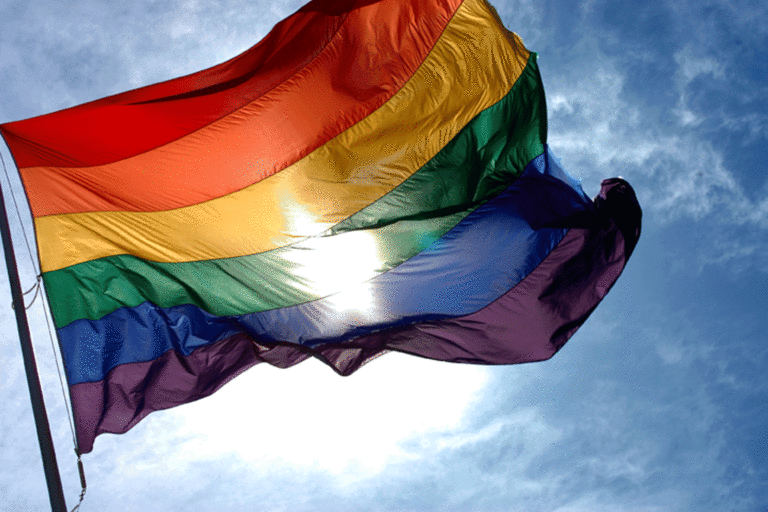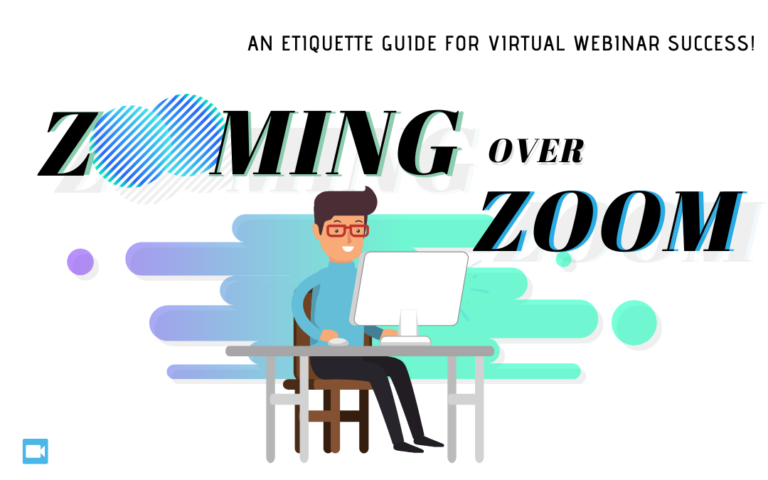Gender Pronouns: What are they and how should they be used?
A pronoun is a word that refers to either the people talking (“I went to the store today” or “You need to take out the trash”) or someone or something that is being mentioned in conversation (“She saw her teacher in the parking lot,” “They went to the beach,” or “It was hard to reach”).
Gender pronouns (like she, him, or they, among others) specifically refer to people that you are talking about. Every person has pronouns, and an individual’s own preferred pronouns are chosen by themselves. Pronouns include, but are not limited to:
- He/Him/His (traditionally masculine)
- She/Her/Hers (traditionally feminine)
- They/Them/Theirs (gender-neutral or gender-non-conforming pronouns)
- Ze/Zir/Zirs (gender-neutral)
Certain people may choose to use multiple sets of pronouns
which means they are comfortable being referred to using pronouns from multiple “series” of pronouns, or no pronouns at all — which may mean they prefer to use their given name. Examples include:
- She/They: comfortable using she/her/hers or they/them/theirs pronouns
- “Any pronouns”: comfortable using any pronouns
- “Just my name”: prefers to be referred to using their name or other form of reference
Someone else’s pronouns cannot be determined based on appearance or sex-assigned-at-birth. An individual may exhibit typically masculine features but use pronouns that are not “he/him/his.” Similarly, pronouns are not permanent. An individual’s pronouns can change depending on their preferences at any given time. It is a person’s right to change their pronouns in order to match their gender identity.
Why are pronouns important?
Respecting others’ pronouns shows basic respect for an individual’s gender identity and, more generally, their individuality. When someone’s pronouns are invalidated, it can make them feel dysphoric, disrespected, dismissed, and alienated. Moreover, transgender and gender non-conforming (TGNC) individuals have been historically targeted and hurt by misgendering and the intentional use of incorrect pronouns. Additionally, it is incredibly important to use a person’s preferred pronouns for their safety, as using other pronouns can “out” — doing something that exposes someone’s identity without their consent — and expose people to danger.
Thus, it is very important to ask for someone’s pronouns. Asking for someone’s pronouns can be a simple “Hey, what are your preferred pronouns” or “Which pronouns should I use to refer to you.” While awkward at first, asking for someone else’s pronouns shows mutual respect and prevents dangerous situations. Pronouns change, so it might be necessary to ask someone you have known for a while for their pronouns, such as a simple, “Hey could you remind me what pronouns you use?”
However, mistakes happen, so it is important to know what to do when you have accidentally misgendered someone. While it depends on someone’s preferences, the best plan of action in a situation where you have used the wrong pronouns when referring to someone else is to apologize quickly and continue on with the conversation. This can look like “Brad is going to the store, he — sorry — they are going to buy avocados.” Many people find long apologies uncomfortable, especially in a larger group or social setting.
If there are doubts about a certain person’s preferred pronouns, and you do not have the chance to ask them to clarify their preferred pronouns, the best bet is to use gender-neutral pronouns like they/them/theirs and wait for correction.
However, these conversations are often best in one-on-one situations and can lead to awkwardness or uncomfort to TGNC people in group settings. But, there are other ways to be gender-inclusive in group settings/outside of one-on-one conversations. First, when in a large group of people, it can be incredibly helpful to introduce yourself using your own pronouns, such as “Hi! My name is John, I am 25 years old, from New York City, and I use he/him pronouns.” This both encourages others in the group to also share their pronouns and creates a safe space for TGNC people who may be uncomfortable being the first to share their pronouns.
Moreover, typical introductions or phrases like “ladies and gentlemen” can alienate many gender-non-conforming individuals, and can instead be substituted with phrases like
“Hey everyone!” or “Hey everybody!”
These are just a few of the many ways to increase inclusivity and equity. The bottom line is to always make sure to ask for someone’s preferred pronouns — never assume! — and to respect the pronouns that other individuals have indicated they prefer. Mistakes happen in any space, but the most important thing is that individuals make an effort to show their mutual respect for others, and respecting one another’s pronouns is one of the first steps toward that goal.
Information included in the above document was adapted from the New York City Department of Social Services and Resources article “Gender Pronouns: How to Take Important Steps in Becoming a TGNC Ally” and from “Preferred Gender Pronouns For Faculty,” materials written by Mateo Medina for Hampshire College & “Gender Pronouns 101,” article written by Logan Meza at soulsistersleadership.org.
Cheryl McCants ~ Impact Founder and CEO







